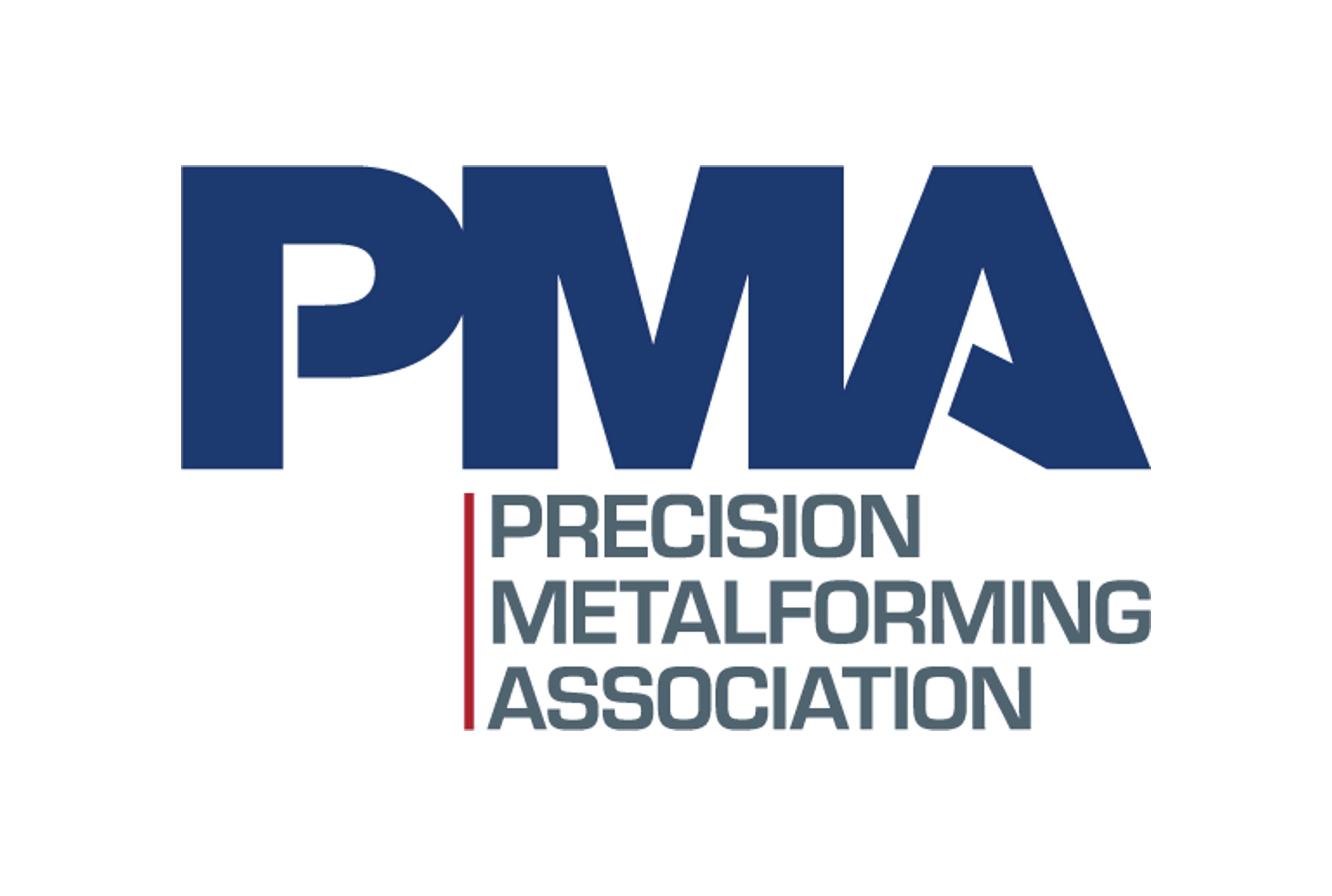Market Data

December 7, 2022
Cliffs Eyes New Carbon Capture Research at Burns Harbor
Cleveland-Cliffs Inc. has submitted an application to the Department of Energy (DOE) for funding the next phase of research for the front-end engineering design (FEED) for large-scale carbon capture at its Burns Harbor integrated steel plant in Indiana.
The Cleveland-based steelmaker said in a statement its initial phase of research with funding from DOE’s Office of Clean Energy Demonstrations is coming to a close.
Based on the results of that study, Cliffs submitted an application on Dec. 5 to the DOE. The study would be funded 50% by Cleveland-Cliffs and 50% by the DOE through the Bipartisan Infrastructure Law appropriations.
Cliffs’ Burns Harbor project aims to capture up to 2.8 million tons of carbon dioxide per year from blast furnace gas with a net carbon capture efficiency of at least 95%. The proposed FEED would be completed over a period of 24 months.
Cliffs has existing technical partnerships with the DOE, and said it is the only American steel producer participating in the DOE Better Climate Challenge initiative.
By Ethan Bernard, Ethan@SteelMarketUpdate.com






